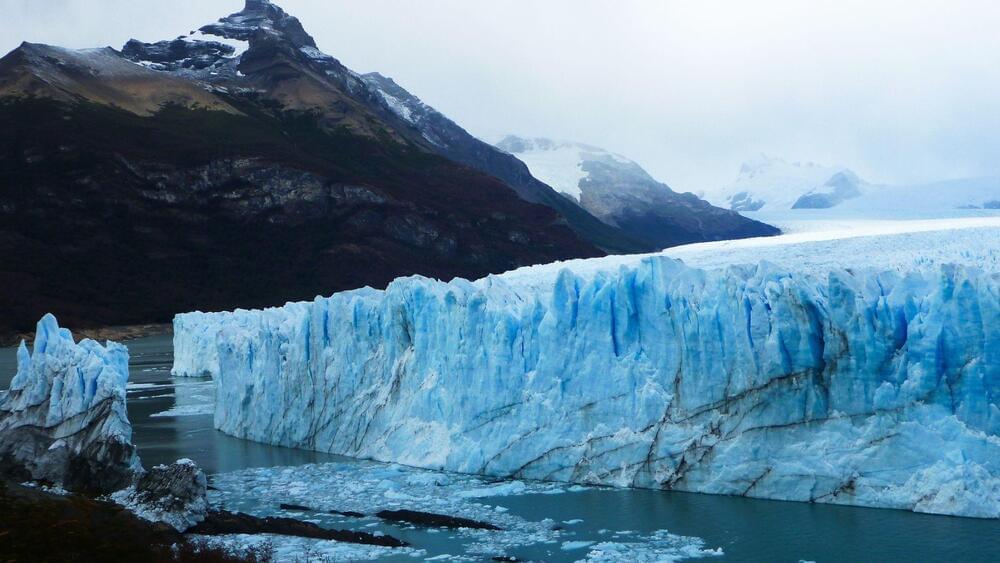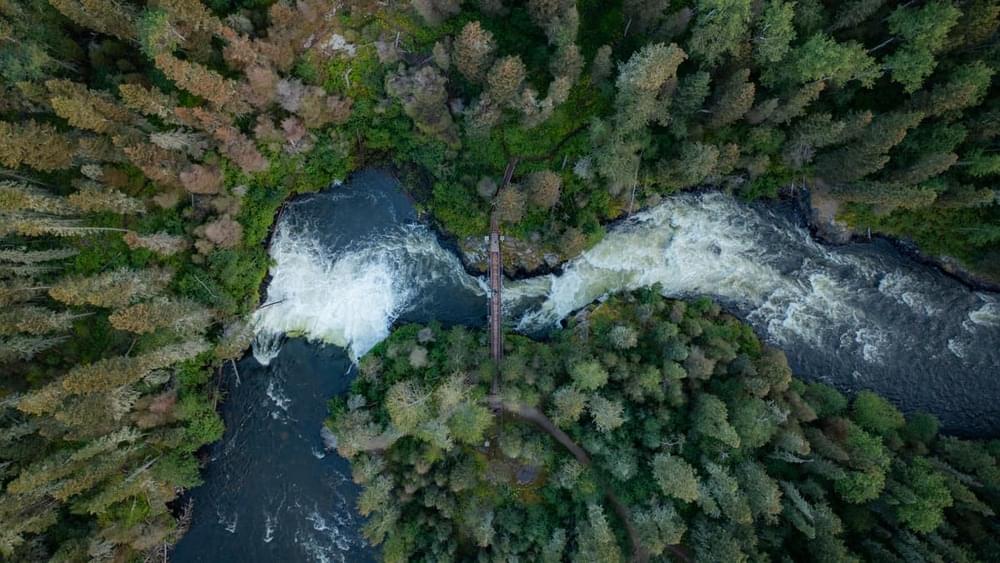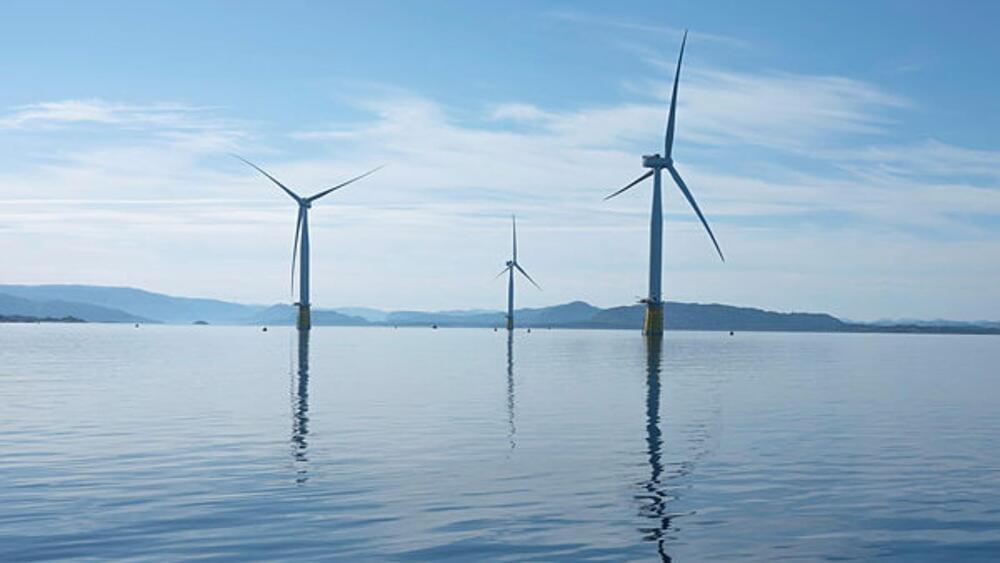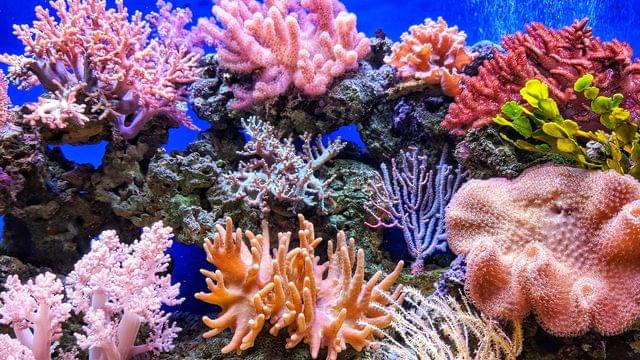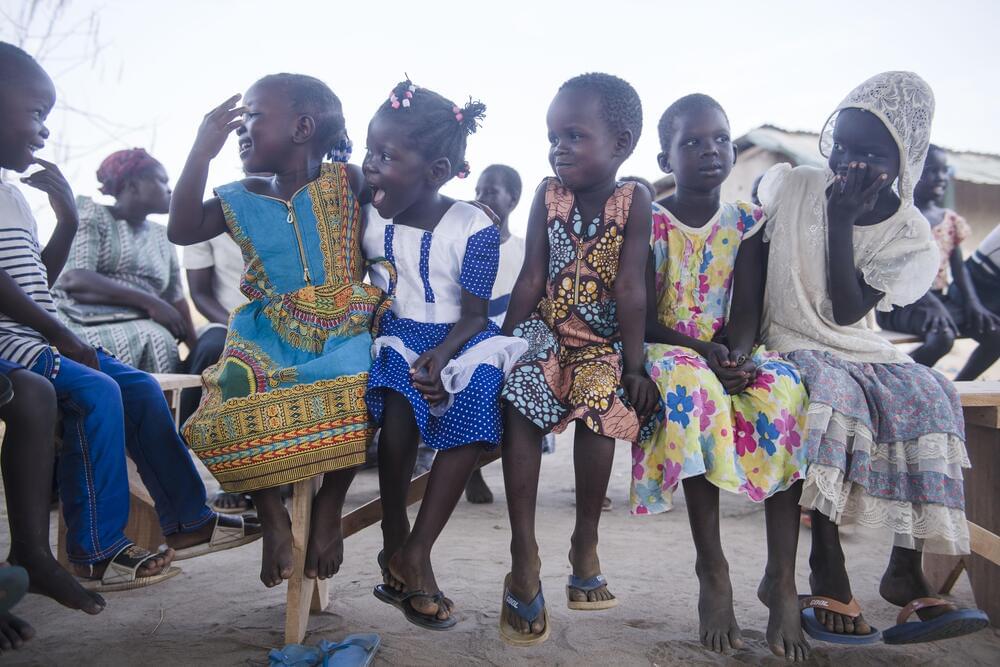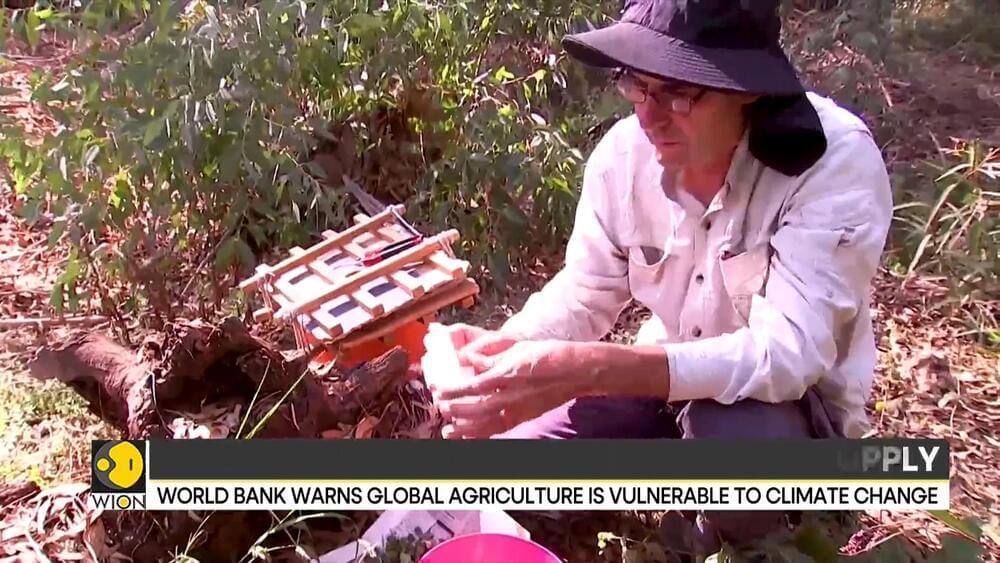Nov 23, 2022
Tonnes of unknown microbes could be released as the glaciers melt
Posted by Gemechu Taye in categories: biological, climatology, sustainability
Some of them could fertilize ecosystems, while others could have pathogenic potential.
More and more glaciers are melting as the Earth heats up, posing a multitude of threats to humanity. From rising sea levels to increased coastal erosion, the record speed at which the world’s ice sheets are melting has the potential to disrupt societies globally.
Now scientists from Aberystwyth University warn that hundreds of thousands of tonnes of microbes could leak into lakes and rivers as the world’s glaciers melt due to climate change, according to an institutional press release.
